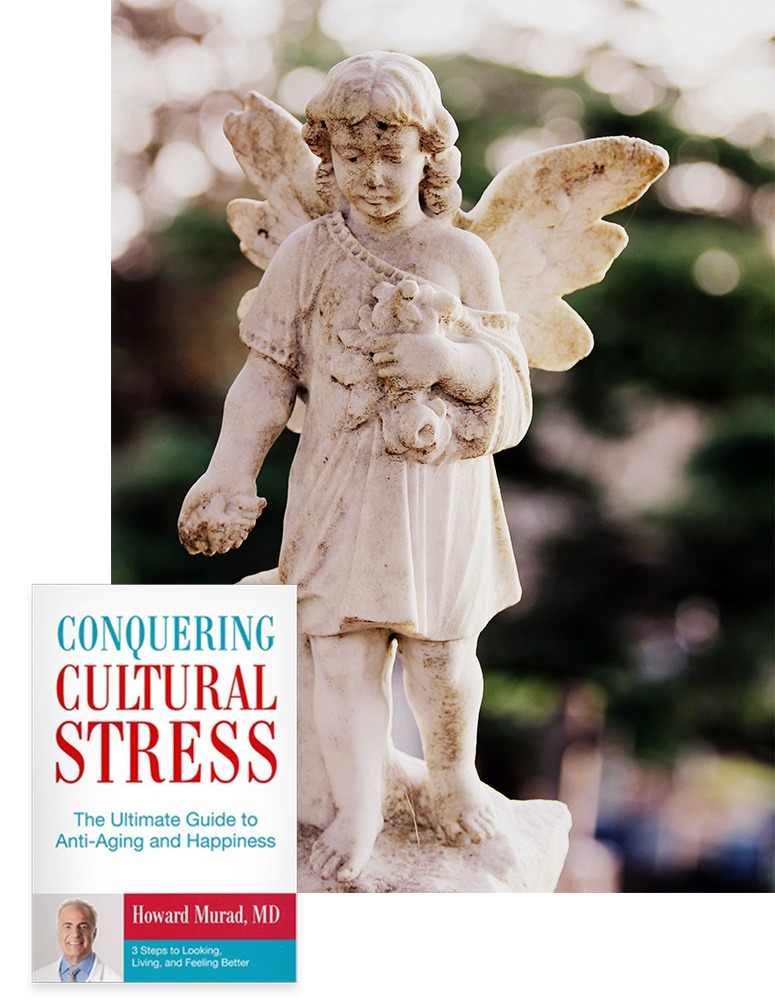Are Mass Shootings a Symptom of Cultural Stress?
It’s a sad characteristic of modern life that our headlines are grabbed repeatedly by news of another mass shooting. Are these tragedies yet another symptom of overwhelming Cultural Stress?
I define Cultural Stress as the ever-present stress of modern living, which includes digital media, the 24-hour news cycle, crowded cities, congested commutes, economic insecurity, the breakdown of families and other enduring forms of connection, and more.
Although there are a number of theories—and quite a few myths—circulating on what compels a man to open fire on his fellow citizens, the difficulty is that most of the factors that describe a shooter also describe millions of people who will never turn to violence. Perhaps they represent the tip of the Cultural Stress iceberg that affects us all.
We often hear, for example, that shooters are “loners,” active on social media, whose only sense of community comes from membership in online hate groups. Yet it’s obvious that not everyone engaged with social media becomes a mass shooter. James Silver, co-author of a new study published by the FBI, says, “It’s important that people understand that active shooters are people in the community. They have jobs. They’re in school. They do talk to people. They come from all walks of life.”
Of course we all know that it’s possible to be surrounded by people—at work, school, or anywhere—and still feel isolated and disconnected; possibly even ostracized. The stress of being shunned by one’s peers is among the greatest that can be experienced by a human. In response, isolated individuals may find community among others who feel similarly alienated and disconnected and turn to vengeance, rather than supporting each other, as a solution. These groups are easy to find online; however, they’re also available in physical reality as well.
The notion that shooters “snap” is another myth, researchers say. In reality, most mass shooters carefully plan their attacks and sometimes even publish manifestos about them.
Among the common threads that connect them all, however, are feelings of anger, paranoia, or depression; troubling levels of interpersonal conflict, particularly domestic violence; and even communicated threats of violence.
After the Sandy Hook tragedy, Peter Langman, a psychologist in Allenton, Penn., who has studied mass shooters, told the Huffington Post, “These [shooters] often feel very powerless. The one way they can feel like they’re somebody, that they’re a man, is to get a gun and kill people.” Cultural messaging inherent in war, violent movies, contact sports, and many video games reinforce the notion that manhood is about attaining power and status. Violence is often justified as a way to get that power, Langman said.
Again, however, most people who feel bullied or powerless will never plan to massacre their peers. “It’s only these kids who are really fundamentally struggling with their own identities,” Langman continued. “Those really vulnerable kids who are the ones who will take a movie or video game that 10 million other kids would watch and play and take as a guide for how to live their lives.”
As a physician, however, my concern—and the larger issue—is those millions of people who are feeling the stress isolation, alienation, purposelessness, and FOMO—fear of missing out. These are the silent, undiagnosed victims of Cultural Stress. And to the normal stresses of living and the contemporary phenomenon of Cultural Stress, we now must add fear of armed and angry shooters in our midst. Fortunately, there is a lot that we can do about it.
Tips for managing Cultural Stress:
- Recognize it as a stressor. Too often we feel anxious, harried, and stressed but just ignore it; or think, “What’s wrong with me? I’m not dealing with anything worse than anyone else is.” Yes, we’re all being stressed. And it can be debilitating over time if we don’t recognize it.
- Take good care of yourself. That means eat right, stay hydrated, take good care of your skin (your body’s first line of defense), exercise regularly, sleep well, avoid toxins like drugs and alcohol, and indulge your inner toddler (e.g. play!)
- Cultivate a positive mental outlook. My Insight cards can get you started.
- Take time to soothe your central nervous system, whether that means taking a walk in nature, meditating, getting a massage, listening to beautiful music, or even practicing slow, mindful breathing.
- Take a weekly digital detox. Try unplugging for one day a week. Yes, it’s important to know what’s going on in the world, but you can take a 24-hour break and still be well informed. And the health and wellness benefits may surprise you.
- Cultivate relationships in physical reality. Meet friends for dinner, a game of Frisbee at the beach, a walk in the park. Take up contra dancing or softball. Make a point of in-person interactions.
- Cultivate community where you live. Sociologists tell us that, despite 24-hour digital connectivity, we’re in the middle of a loneliness epidemic. Counteract it by getting to know your neighbors, your postal carrier, your grocer and pharmacist. Shop at the local farmers market and get to know your food growers. Volunteer at your local school, church, food bank, senior home, conservation.
And for a more comprehensive approach to conquering Cultural Stress, read my book, available on Amazon.
